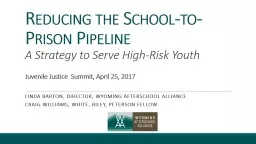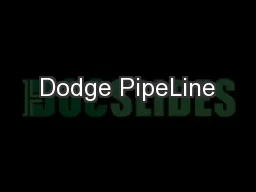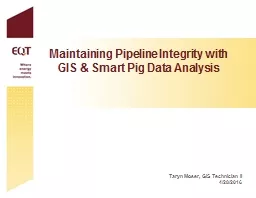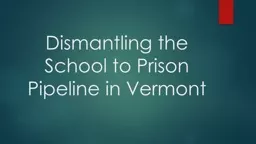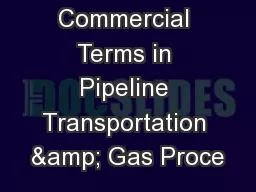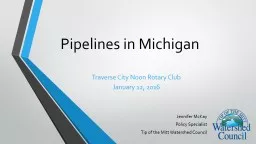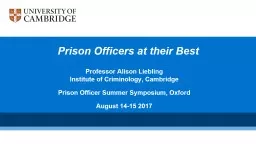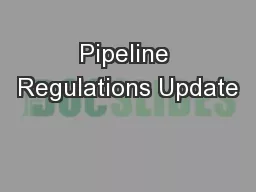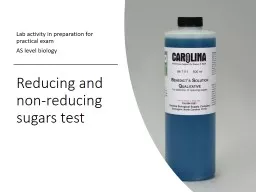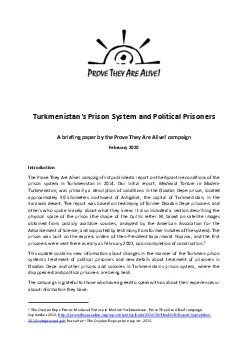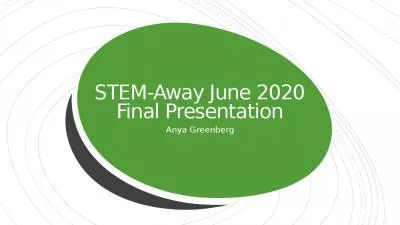PPT-Reducing the School-to- Prison Pipeline
Author : liane-varnes | Published Date : 2018-03-15
A Strategy to Serve HighRisk Youth Juvenile Justice Summit April 25 2017 LINDA BARTON Director Wyoming Afterschool Alliance Craig Williams white riley Peterson
Presentation Embed Code
Download Presentation
Download Presentation The PPT/PDF document "Reducing the School-to- Prison Pipeline" is the property of its rightful owner. Permission is granted to download and print the materials on this website for personal, non-commercial use only, and to display it on your personal computer provided you do not modify the materials and that you retain all copyright notices contained in the materials. By downloading content from our website, you accept the terms of this agreement.
Reducing the School-to- Prison Pipeline: Transcript
Download Rules Of Document
"Reducing the School-to- Prison Pipeline"The content belongs to its owner. You may download and print it for personal use, without modification, and keep all copyright notices. By downloading, you agree to these terms.
Related Documents

